Between 25 February and 15 March 2013, in Brookfield Place, formerly known as BCE Place, there was a modern sculpture floating high among the arches of the Allan Lamport Galleria. Entitled “Starburst,” it was a collaborative work of Samuel Borkson and Arturo Sandoval III, who have been cooperating to produce works of art since 2002. Their purpose is to spread the positive message of magic, luck, and friendship. They create art in various mediums—paint and sculpture. As well, they have produced large-scale installations, public playgrounds, published materials, and live performances.
“Starburst,” by Borkson and Sandoval III in Brookfield Place
Views of “Starburst.”
Brookfield Place is always an interesting place to visit as there are often fascinating works of art suspended from its vaulted ceiling. However, even if there are no sculptures on display, the architecture alone is worthwhile viewing, particularly the six-story Allan Lamport Galleria. Designed by the Spanish architect Santiago Calatrava, it connects the Bay Street entrance with Sam Pollack Square, which opens on to Yonge Street. Brookfield Place is a 5.2 acres complex in downtown Toronto, bounded by Bay Street on the west, Yonge on the east, Wellington Street on the north, and Front Street on the south. The Galleria has sometimes been called a “crystal cathedral of commerce.” In this analogy, the floor space below the arches is the nave. Others have referred to it as an architectural creation of a forest grove, the soaring support pillars representing gigantic trees that soars high into the heavens. No matter how a visitor views this masterful work of architecture, it produces a feeling of awe as one gazes upward toward the skies above the glass panels. The view from the escalator, when one is ascending from the basement level, is particularly inspiring.
There are other reasons to visit Brookfield Place, as it also includes the Hockey Hall of Fame, and the facade of an 1845 bank building that was once located on Wellington Street.
In the foreground, on the left-hand side of the above photo, the facade of the 1845 bank can be seen. As well, there is a view of Allan Lamport Galleria, looking west. To connect with a post about the Heritage Building, follow the link :
To view the Home Page for this blog: https://tayloronhistory.com/
Links to other posts about the history of Toronto and its buildings:
https://tayloronhistory.com/2013/10/08/links-to-historic-architecture-of-torontotayloronhistory-com/
Links to posts about Toronto’s movie houses—past and present.
https://tayloronhistory.com/2013/10/09/links-to-toronto-old-movie-housestayloronhistory-com/
Recent publication entitled “Toronto’s Theatres and the Golden Age of the Silver Screen,” by the author of this blog. The publication explores 50 of Toronto’s old theatres and contains over 80 archival photographs of the facades, marquees and interiors of the theatres. It also relates anecdotes and stories from those who experienced these grand old movie houses.
To place an order for this book:
Theatres Included in the Book
Chapter One – The Early Years—Nickelodeons and the First Theatres in Toronto
Theatorium (Red Mill) Theatre—Toronto’s First Movie Experience and First Permanent Movie Theatre, Auditorium (Avenue, PIckford), Colonial Theatre (the Bay), thePhotodome, Revue Theatre, Picture Palace (Royal George), Big Nickel (National, Rio), Madison Theatre (Midtown, Capri, Eden, Bloor Cinema, Bloor Street Hot Docs), Theatre Without a Name (Pastime, Prince Edward, Fox)
Chapter Two – The Great Movie Palaces – The End of the Nickelodeons
Loew’s Yonge Street (Elgin/Winter Garden), Shea’s Hippodrome, The Allen (Tivoli), Pantages (Imperial, Imperial Six, Ed Mirvish), Loew’s Uptown
Chapter Three – Smaller Theatres in the pre-1920s and 1920s
Oakwood, Broadway, Carlton on Parliament Street, Victory on Yonge Street (Embassy, Astor, Showcase, Federal, New Yorker, Panasonic), Allan’s Danforth (Century, Titania, Music Hall), Parkdale, Alhambra (Baronet, Eve), St. Clair, Standard (Strand, Victory, Golden Harvest), Palace, Bedford (Park), Hudson (Mount Pleasant), Belsize (Crest, Regent), Runnymede
Chapter Four – Theatres During the 1930s, the Great Depression
Grant ,Hollywood, Oriole (Cinema, International Cinema), Eglinton, Casino, Radio City, Paramount, Scarboro, Paradise (Eve’s Paradise), State (Bloordale), Colony, Bellevue (Lux, Elektra, Lido), Kingsway, Pylon (Royal, Golden Princess), Metro
Chapter Five – Theatres in the 1940s – The Second World War and the Post-War Years
University, Odeon Fairlawn, Vaughan, Odeon Danforth, Glendale, Odeon Hyland, Nortown, Willow, Downtown, Odeon Carlton, Donlands, Biltmore, Odeon Humber, Town Cinema
Chapter Six – The 1950s Theatres
Savoy (Coronet), Westwood
Chapter Seven – Cineplex and Multi-screen Complexes
Cineplex Eaton Centre, Cineplex Odeon Varsity, Scotiabank Cineplex, Dundas Square Cineplex, The Bell Lightbox (TIFF)
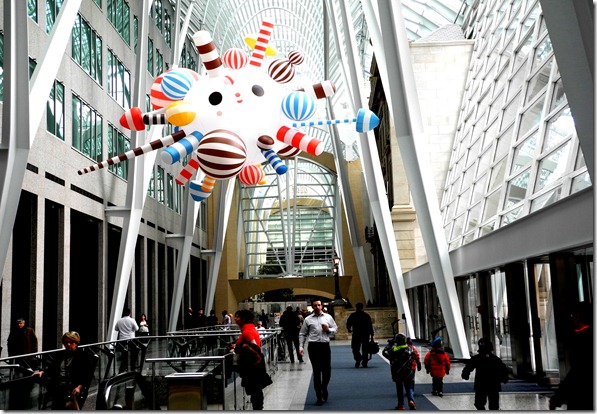
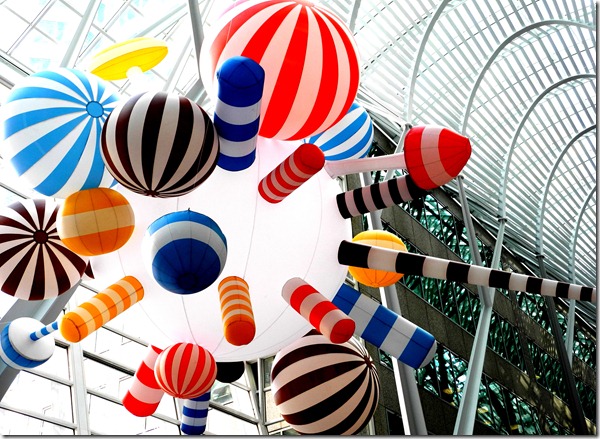
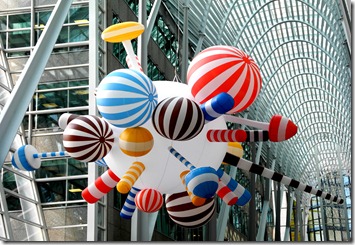
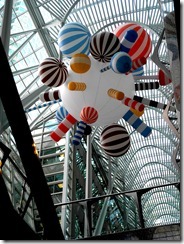
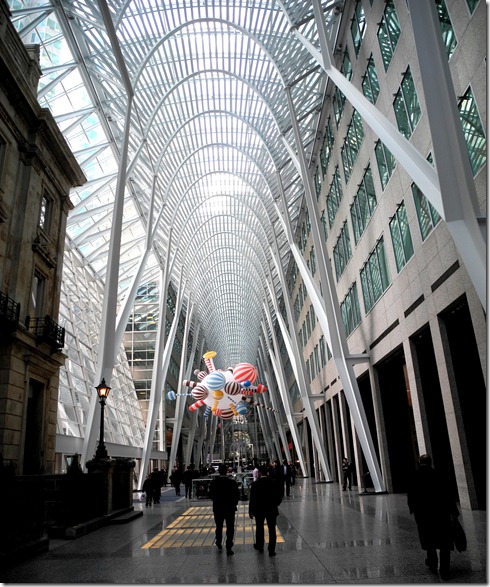
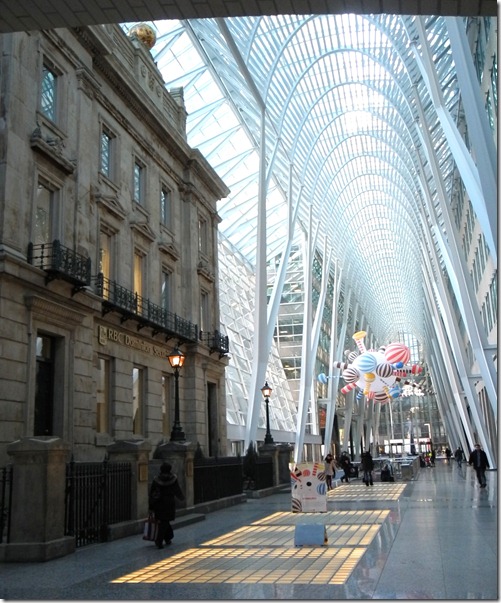
![cid_E474E4F9-11FC-42C9-AAAD-1B66D852[2] cid_E474E4F9-11FC-42C9-AAAD-1B66D852[2]](https://tayloronhistory.com/wp-content/uploads/2014/09/cid_e474e4f9-11fc-42c9-aaad-1b66d8522_thumb23.jpg)